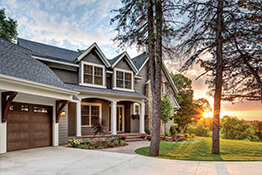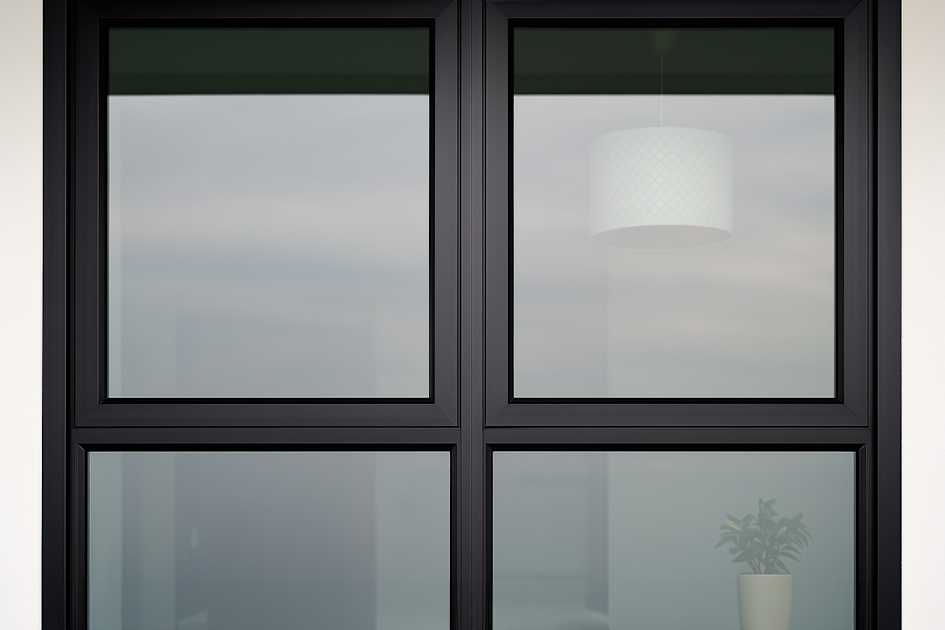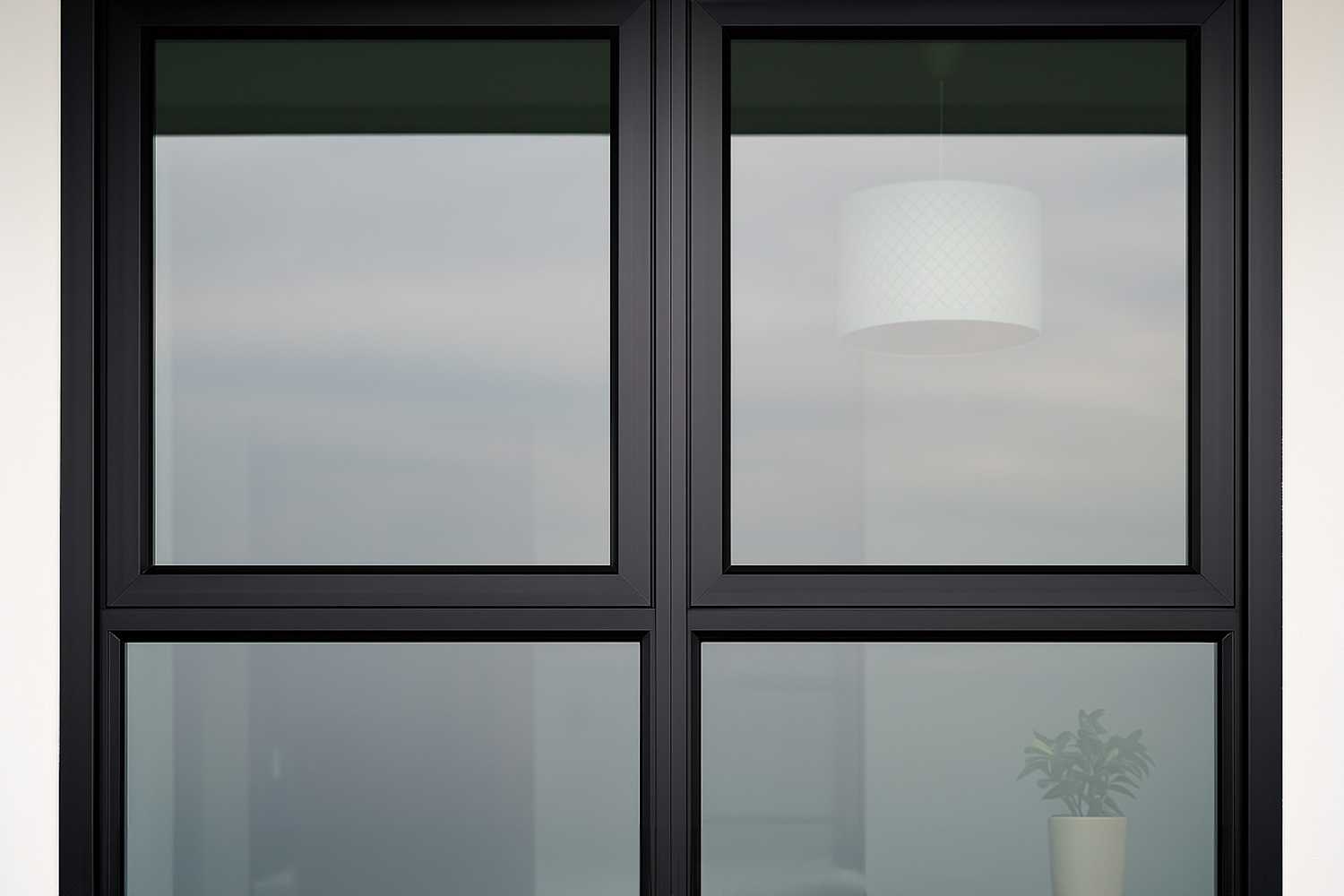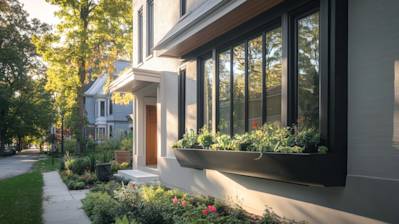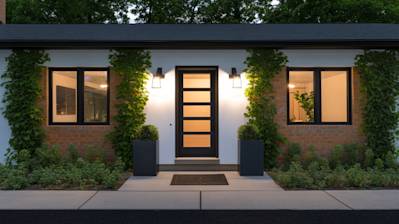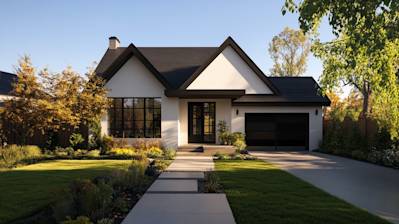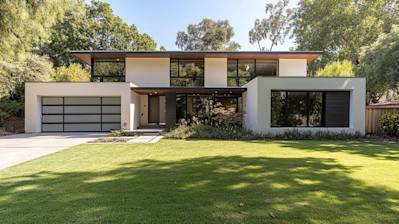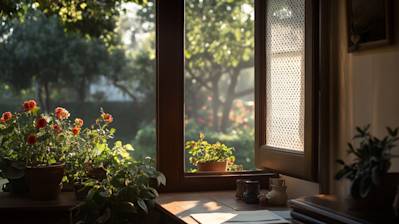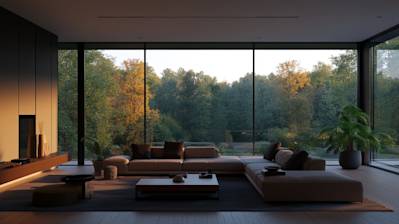Window mullions play an important yet often overlooked role in the beauty and functionality of our homes, offices, and other architectural structures. Simultaneously acting as significant decorative and structural elements, window mullions are a crucial feature to decipher when constructing or renovating a building. This blog post seeks to shed light on the intricate world of window mullions.
Put simply, mullions are vertical or horizontal bars, or the likes thereof, that separate a window into smaller panes. Nevertheless, this is just the tip of the iceberg when it comes to understanding this complex topic.
The History of Window Mullions
An appreciation of window mullions begins with a grasp of their historical context. Mullions, initially made from stone, provided structural support for the glazing of windows in times past—long before the advent of the larger, more robust glass sheets we see today.
The artistry and versatility of window mullions traveled through ages and architectural styles, evolving in their use and design. The popularity of mullions drastically increased during the Gothic period. They were no longer just functional components, but decorative elements that added character and beauty to structures. Mullions transformed from simple, straight bars to intricately curved designs—some so elaborate that they can work as standalone works of art, even in today's properties.
Types and Styles of Window Mullions
Mullions come in a wide range of types and styles, each one bringing a unique aesthetic feel and functionality to the architectural element it graces. In modern times, the materials most commonly used for mullions include wood, vinyl, aluminum, and fiberglass.
Here’s a quick look at the commonly used types of mullions:
- Fixed Mullions: These are immovable and non-removable, offering structural support to the window's design.
- Removable Mullions: These offer more flexibility as homeowners can remove or add them as needed, offering customizable aesthetic and functional options.
- Simulated Divided Light Mullions: This type replicates the appearance of separate glass panes but is actually a single pane with the mullions attached to the surface.
Mullions vs. Muntins: Clearing the Confusion
There’s a lot of confusion and interchangeability between mullions and muntins, but they are not the same. Both are components of a window grid system, but their placements and functions are different. While mullions divide the window into large sections, muntins are thin strips that further divide these sections into smaller panes.
Role of Window Mullions in Architecture
In architectural design, mullions serve both structural and aesthetic roles. They support the weight of the glazing material (like glass), ensuring that the window stays intact and strong. Beyond their structural duty, mullions also enhance the overall architecture aesthetic. Architects use mullions for creative expression, giving buildings their unique identities.
Choosing the Right Window Mullions for Your Home
Selecting the suitable mullions for your property requires careful thinking. Here are a few factors to consider:
Architectural Style: Match the style of mullions with your home’s architectural design—be it classic, modern, or contemporary.
Material: Choose between wood, vinyl, aluminum, or fiberglass based on factors like aesthetics, maintenance, durability, and cost.
Functionality: Decide whether you want fixed, removable, or simulated divided light mullions based on your needs for privacy, lighting, and style.
Cost: Mullions vary widely in cost depending on the material, style, and type. Ensure to keep your budget in mind while making your selection.
Maintaining Your Window Mullions
Like any other part of your home, window mullions need regular maintenance to keep them in pristine condition. Cleaning them regularly, checking for dents or damage, and repainting or refinishing (for wooden mullions) are good practices.
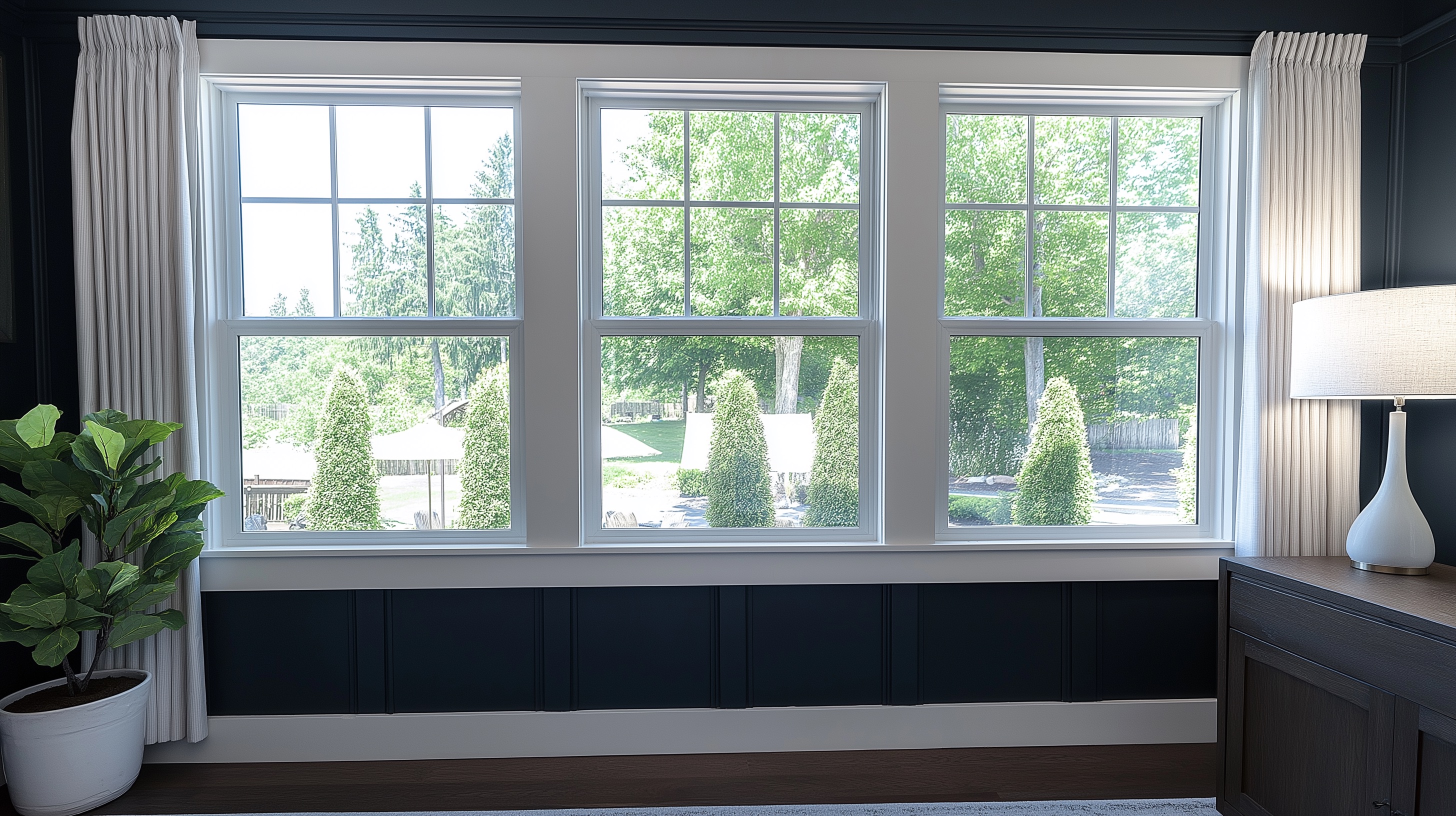
Frequently Asked Questions about Window Mullions
Can window mullions be removed?
It strongly depends on the type of mullions and their purpose. In most cases, grille mullions can be removed without a problem, as they are often inserted into a frame on the outside of the window glass. True mullions, on the other hand, usually cannot be removed without changing the whole window itself.
What materials are commonly used to construct window mullions?
Window mullions can be made with a variety of materials. Wood mullions are traditional, often seen in older, classic homes that value character and charm. Vinyl mullions are more modern and require less maintenance. Aluminum mullions provide a sleek, industrial aesthetic, and are very durable. Many opt for fiberglass mullions as well since they’re strong, can mimic the look of wood, and require minimal maintenance.
How do window mullions impact the aesthetics of a home?
Window mullions can greatly enhance the architectural style of a home. For instance, they can give a traditional, historic aesthetic to a house when added to double-hung or casement windows, especially if the mullions are wood. On the other hand, they can provide a sleek, modern feel to a house when used with aluminum or vinyl materials.
Can window mullions contribute to the energy efficiency of my home?
Yes, window mullions can enhance the energy efficiency of your home. Especially when combined with high-performance glass technologies and gas-filled spaces, mullions can contribute to better insulation and reduce heat transfer. This can help to keep the home warmer in winter and cooler in summer.
Are there any special care or maintenance tips for window mullions?
The care and maintenance depend largely on the type of mullion and its material. Wooden mullions require periodic repainting or re-staining and proper sealing to prevent rot. Vinyl, aluminum or fiberglass mullions require less maintenance—typically a simple wipe down to keep them clean.
How are window mullions installed?
Installation of mullions usually involves a professional window installer, as they require precise measurements and fitting. True mullions will come pre-installed in the window units. Grille mullions can be added or removed from the window's surface. Spacer mullions are inserted into the space between the window glass panes.
What's the difference between a mullion and a transom?
While both mullions and transoms are elements of fenestration, there is a key difference. Mullions are vertical bars that divide a window into smaller sections. Transoms, on the other hand, are horizontal bars that often separate a window from a door or another window.
Are mullions just for windows?
No, mullions aren't just exclusive to windows. They can also be seen on doors, especially glass doors, where they serve both structural and decorative roles. They can also be seen in cabinetry, creating an interesting visual detail.
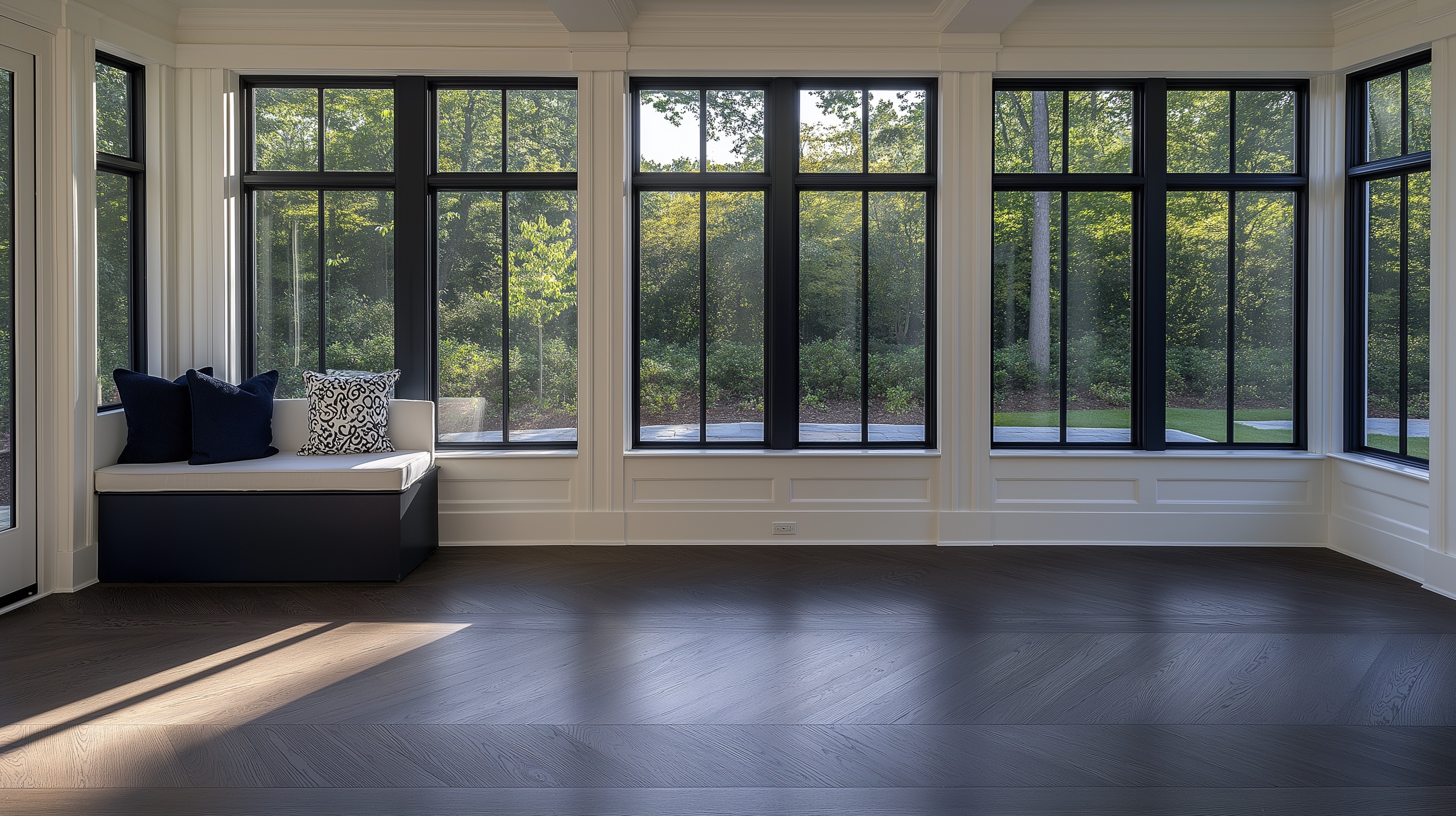
Pros of Window Mullions
Enhances Aesthetic Appeal
One of the most appealing advantages of window mullions is their ability to enhance the aesthetics of a property. They give a sort of character and charm to buildings, especially in classical and traditional architectural styles. In an era where bespoke designs and unique touchpoints are increasingly treasured, the use of mullions in windows provides an easy yet effective avenue to achieve this aesthetic uniqueness.
Offers Greater Structural Support
Window mullions inherently offer structural support that goes beyond the functional component of windows. They hold several glass panels in place which could be impossible or tricky to achieve with one large piece of glass. This level of support improves the overall durability of such windows.
Facilitates Versatility
With mullions, one can explore a variety of design styles and patterns. There are many different types of window mullions, from Gothic to diamond-patterned mullions, and these can be tailored to meet the specifications of individual building projects. This caters to a broad range of tastes and preferences of homeowners and architects alike.
Energy-Efficient Benefits
Though this might be highly dependent on the kind of mullion and how the window is fitted out, mullions, especially those made with energy-efficient materials, can aid in the reduction of the amount of heat or cold that escapes the house. This improves the overall energy usage of a property, leading to lower heating and cooling cost.
Upgrades Window Safety
Windows enhanced with mullions are often considered safer than their counterparts without mullions. They provide extra security against potential break-ins, as they make it more challenging for intruders to break through due to the structure’s division of the glass into smaller, harder to penetrate sections.
Cons of Window Mullions
Increased Cost
While mullions present their fair share of advantages, they attract higher costs. The cost could magnify when considering high-quality, bespoke, or more complicated mullion designs. In addition, they also call for professional installation which adds to the overall window fitting cost.
Time-Consuming Installation
The process of installation can be more time-intensive for windows with mullions compared to plain windows. Each pane of glass within the mullions must be accurately measured, cut, and installed. The complexities of the design patterns in use also count in defining the time it would take to completely install mullioned windows.
Harder to Clean
Cleaning window mullions can be more demanding than cleaning regular windows. The small divided sections require extra attention to clean thoroughly. Using standard cleaning tools often become ineffective due to the small frame sizes crafted by mullions.
Can Block Views
While mullions provide a unique aesthetic appeal, they can also become an obstruction when it comes to views. The grilles in between the glass pane can alter the clear view, especially when looking out from inside. For buildings with an outside view that is particularly appealing, this might present a huge drawback.
Repair and Replacement Challenges
If a section of the mullioned window happens to get damaged, it could pose a huge challenge to repair or replace. Unlike with regular windows where you would simply replace the glass pane, with mullioned windows, you need to measure and cut the glass specific to the damaged pane. It requires professional help and could lead to increased maintenance costs.
Not Suitable for Every Architectural Style
While mullions might work perfectly for certain architectural styles (like a Tudor or Colonial Revival), for more modern, minimalist styles, they might look quite out of place. Therefore, an architect or homeowner might need to think twice before integrating them into a project.
Myths and Misconceptions About Window Mullions
Mullions Originate from Medieval Times
There is a widely held belief that window mullions were first used in medieval times, in the construction of castles and churches. While it is undisputed that mullions were widely used in this era (particularly in Gothic architecture), their origins can actually be traced back much further. It's thought that the Romans were the pioneers of using mullions in their construction process, albeit with a different purpose - they used small posts, stones, or wood to separate and support adjacent windows. The adoption of mullions in medieval times hence came as a reinforcement of this early concept.
Mullions Compromise Window Strength
Another popular misconception is that window mullions weaken the structural integrity of a window. This is far from the truth. In fact, mullions add to the strength of the window. They act as reinforcements, providing extra support to the window panes, especially in larger installations. Moreover, mullions are not just pieces of wood or metal sandwiched between two panes of glass. They often penetrate deep into the window structure and act as a skeleton that holds the window together, making it stronger.
Mullions and Muntins are the Same
A common confusion arises between the terms 'mullion' and 'muntin'. Many people mistakenly use these terms interchangeably; however, they are two distinct architectural elements with different functions. Mullions are vertical or horizontal divisions that separate different units of a window or door, whereas muntins are smaller strips of wood or metal that divide individual panes of glass within a single window unit. While both contribute to the aesthetics and structure of windows, they serve different purposes and are not the same.
All Mullions Look the Same
This couldn't be further from the truth. There's a widespread assumption that all mullions look the same. Mullions can be designed in various shapes and sizes, and they can be constructed from a wide range of materials including wood, vinyl, aluminium, and fibreglass. Some are plain while others are decorative. The design and material of a mullion can significantly affect a window's look, energy efficiency, and overall performance.
Mullions Block Natural Light
Many people believe that mullions obstruct natural light. While mullions do occupy some portion of the window area, they generally do not significantly reduce the amount of light that enters a room. The positioning and size of mullions are usually carefully considered during the design phase, so they do not significantly impact the infusion of natural light. Moreover, in larger window installations, mullions can actually enhance light penetration by allowing the use of more glass panels. This breaks the light into different directions resulting in a well-lit room with a unique aesthetic flair.
Mullions are Merely Decorative
While mullions do contribute to the aesthetic appeal of a building, their function is not solely decorative. They play a key role in enhancing the structural integrity of windows, particularly in the case of large openings. They can also aid in energy efficiency by enhancing window insulation properties when they are structurally integrated and properly sealed. Furthermore, mullions can also provide an added level of security by making windows harder to break or pry open.
Removing Mullions is a Quick and Easy Task
Removing mullions is actually a technical task and not as easy as it might look. Mullions are integral parts of a window structure and removing them can impact the overall integrity and stability of the window. Professional skills and knowledge might be required to ensure that the window remains structurally intact and functioning properly after the work is complete. In addition, necessary equipment and safety measures are needed to avoid breaking the glass during the removal process.
In summarizing, while window mullions may seem like simple and unimportant components in window constructions, they are, in fact, complex architectural elements with specific roles and functions. By debunking these myths and misconceptions, the often-overlooked importance of window mullions becomes clear.
Summary
Window mullions may not be the first thing you notice about a window, but they contribute significantly to the aesthetic and function of the design. They hold multiple panes of glass in place and provide support and strength to larger windows. But their role isn't just practical - they can also add an extra level of detail and sophistication to a room's decor. Whether you choose traditional, contemporary or custom window mullions, they have the potential to transform the look of a room or building facade.
A striking feature like window mullions can significantly enhance the visual appeal of your home. For instance, modern window mullions with a sleek, minimalist design can offer a clean, crisp aesthetic that elevates contemporary home design. In contrast, vintage or ornately designed mullions can add a touch of old-world charm and character to traditional homes. It's clear how much of an impact these architectural details can have on a space.
Lastly, you might not be aware, but window mullions act as an essential safety feature. They lend structural support to larger windows or those bearing heavier glass panes. In case of a cracked or shattered window, the mullions help keep the shattered pieces from falling out. For this reason, many homeowners appreciate the hidden practicality these window components offer. Looking at window mullions in this light, it's easy to see why they're worth considering in any architectural or interior design project.
About US Quality Construction of Columbus
US Quality Construction of Columbus is a top-notch, locally owned business based in Columbus, OH. Our company takes pride in delivering superior construction solutions with a blend of creativity, sustainability, and quality. With years of experience under our belt, we offer a diverse range of services from residential to commercial construction. Our skilled team, comprising of highly skilled architects, designers, and craftsmen, is driven by an unwavering pursuit of excellence. We're passionate about crafting environments that resonate with the lifestyle and values of our clients, providing a completely personalized service. Trust US Quality Construction of Columbus to turn your dream project into a reality!
Tags: windows, architectural design, home improvement,
